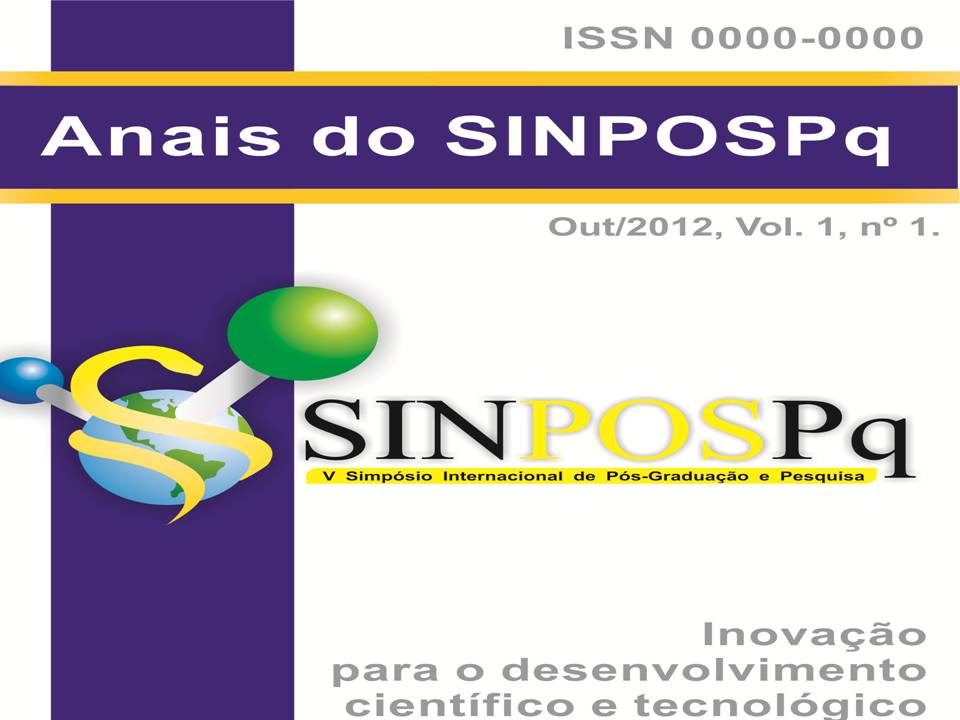TFC054 Solid dispersions containing Poloxamer 407 and Sodium Caprate as a strategy to produce amorphous Ursolic Acid
Abstract
Ursolic acid (UA) is a natural triterpene that presents promissing pharmacological activities, such as antiinflammatory, anticancer and trypanocidal. However, this molecule presents poor water solubility, which is a limiting factor for the bioavailability. Among the strategies commonly employed to enhance water solubility of lipophilic drugs, solid dispersions have gained considerable attention lately and can be defined as crystalline, molecular or amorphous dispersion a lipophilic drug in a hydrophilic carrier, with resultant enhancement in solubility and dissolution profile of the drug. Therefore, it is of paramount importance to determine the organization of the drug in solid dispersion, if molecular, crystalline or amorphous, which has a very important contribution on water solubility. Compared to the crystalline state, amorphous particles are more soluble, because there is no crystal lattice to be broken during the dissolution process. Within this context, it also very important to choose carriers that may enhance the dissolution profile of the drug to a great extent, and surfactants such as Poloxamer 407 (P407) and Sodium Caprate (SC) are good candidates because of possible micellar solubilization.Downloads
Download data is not yet available.
Downloads
Published
2012-12-27
How to Cite
ELOY, J. de O.; DE OLIVEIRA, Érika C. V.; BARCELLOS, J. P. A.; TREVISANI, M. G.; MARCHETTI, J. M. TFC054 Solid dispersions containing Poloxamer 407 and Sodium Caprate as a strategy to produce amorphous Ursolic Acid. Revista Eletrônica de Farmácia, Goiânia, v. 9, n. 1, p. 1, 2012. Disponível em: https://revistas.ufg.br/REF/article/view/21861. Acesso em: 22 dec. 2024.
Issue
Section
Artigos Originais
License
Copyright (c) 2021 Revista Eletrônica de Farmácia

This work is licensed under a Creative Commons Attribution-NonCommercial 4.0 International License.
Termo de responsabilidade de autoria e acordo de transferência do copyright, indicando a categoria do artigo, segundo as definições explicitadas nestas normas, responsabilizando os autores quanto a existência de plágio e autorizando a Revista Eletrônica de Farmácia sua publicação, devem estar assinados por todos os autores e anexado ao sistema como documento suplementar no momento de submissão do manuscrito.
Os direitos autorais da versão final do artigo são de propriedade da REF. O conteúdo da Revista ficará disponível para toda a comunidade científica.

